Categories
- FQA (36)
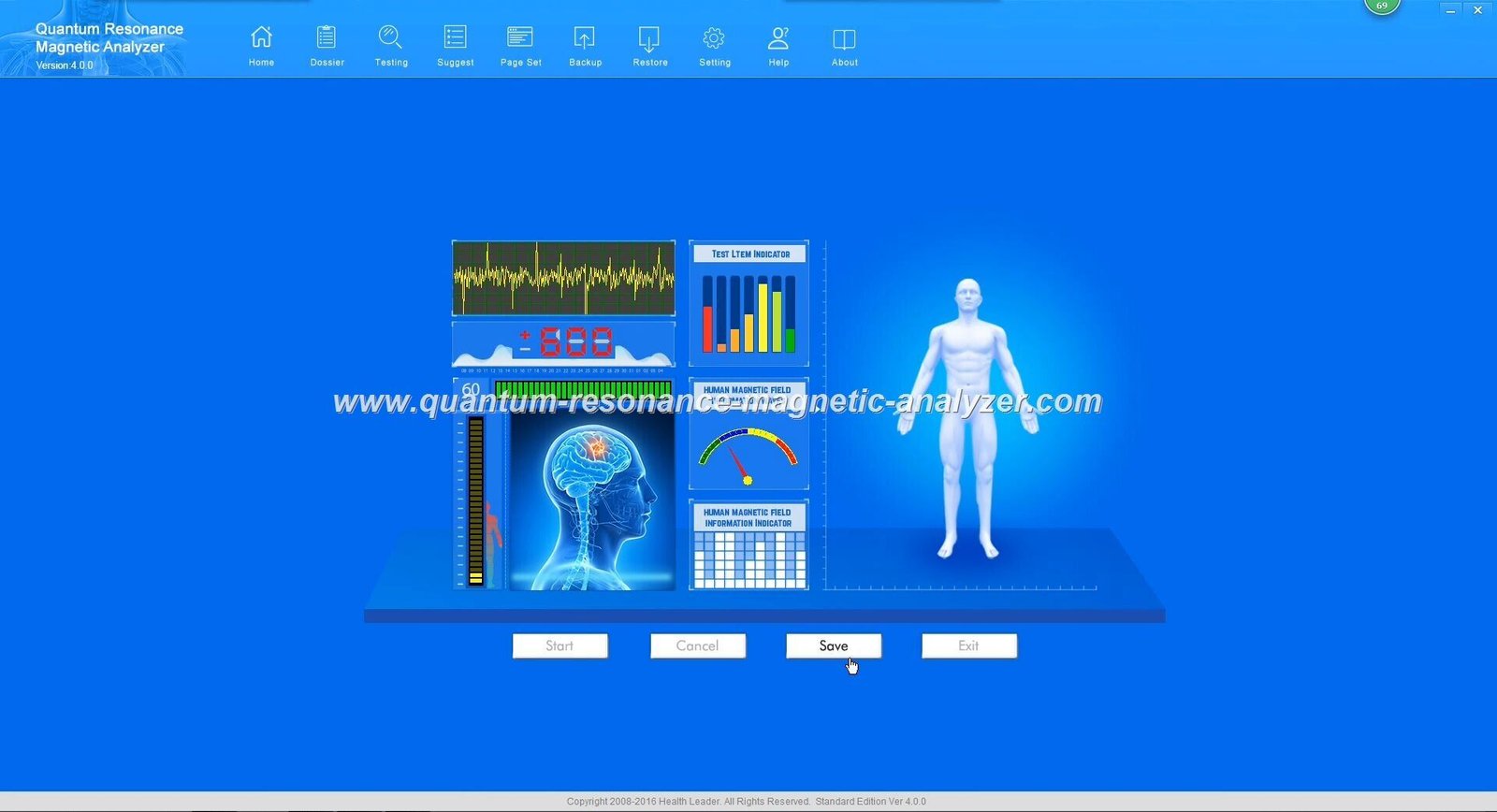
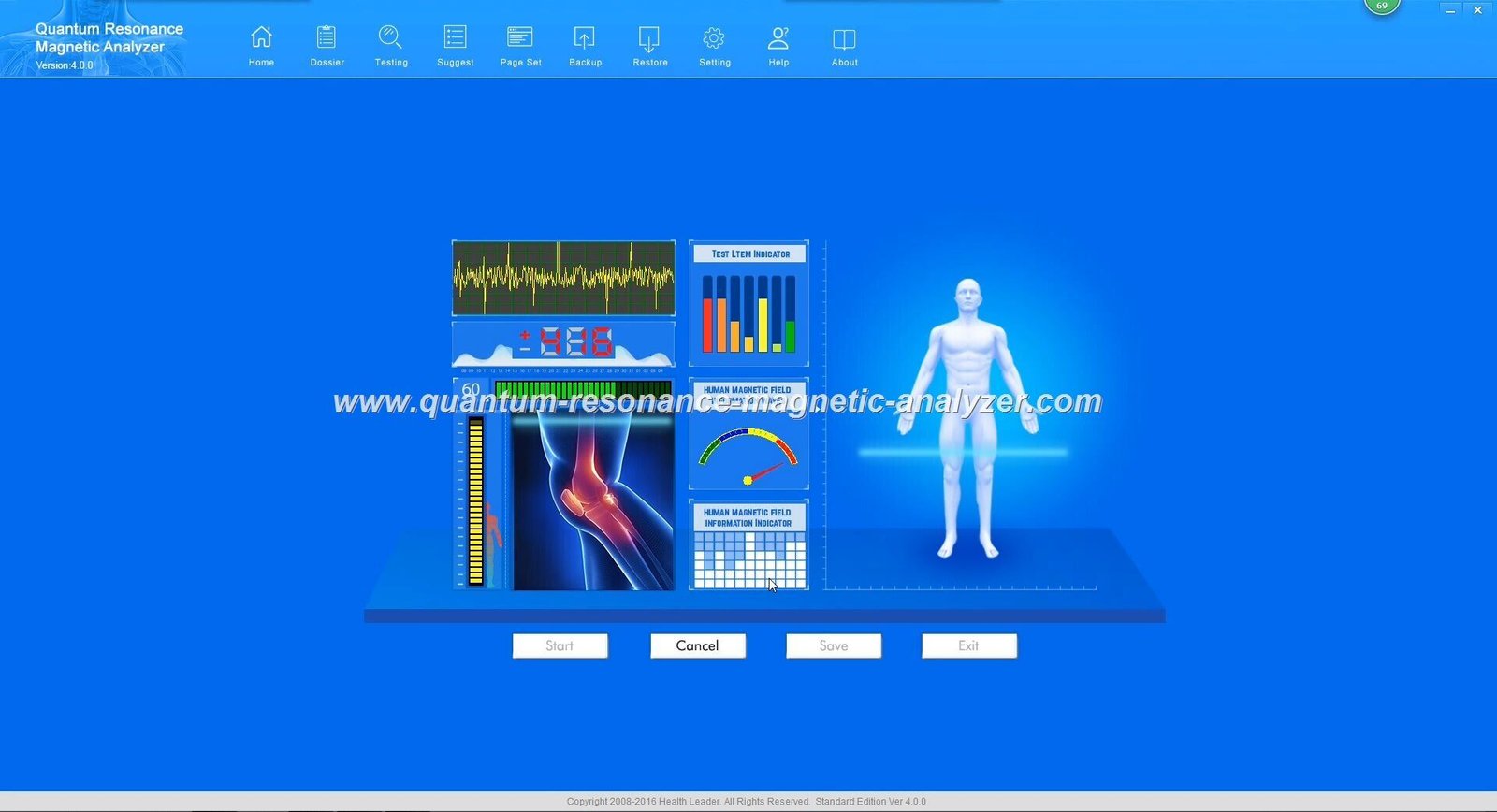
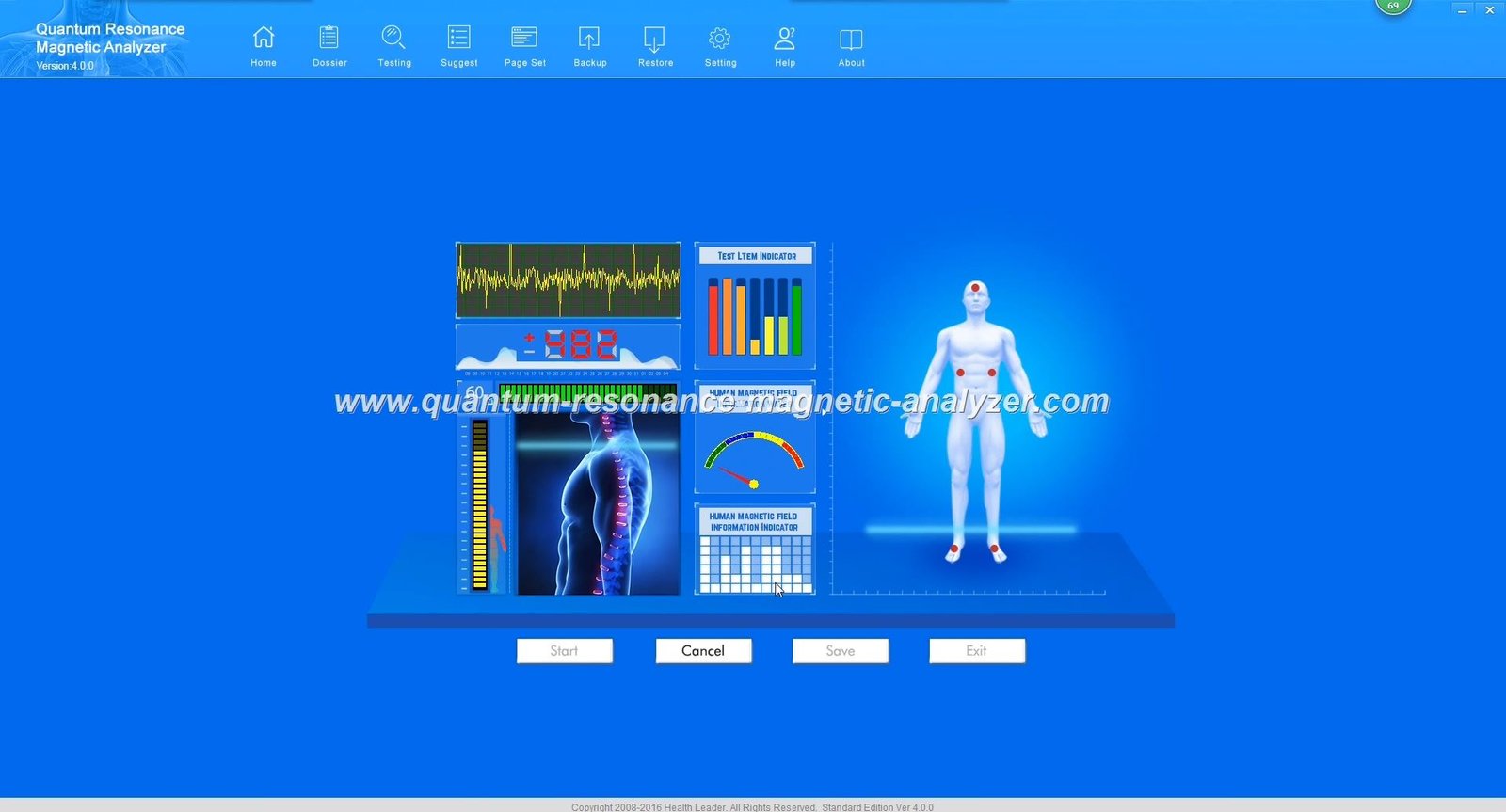
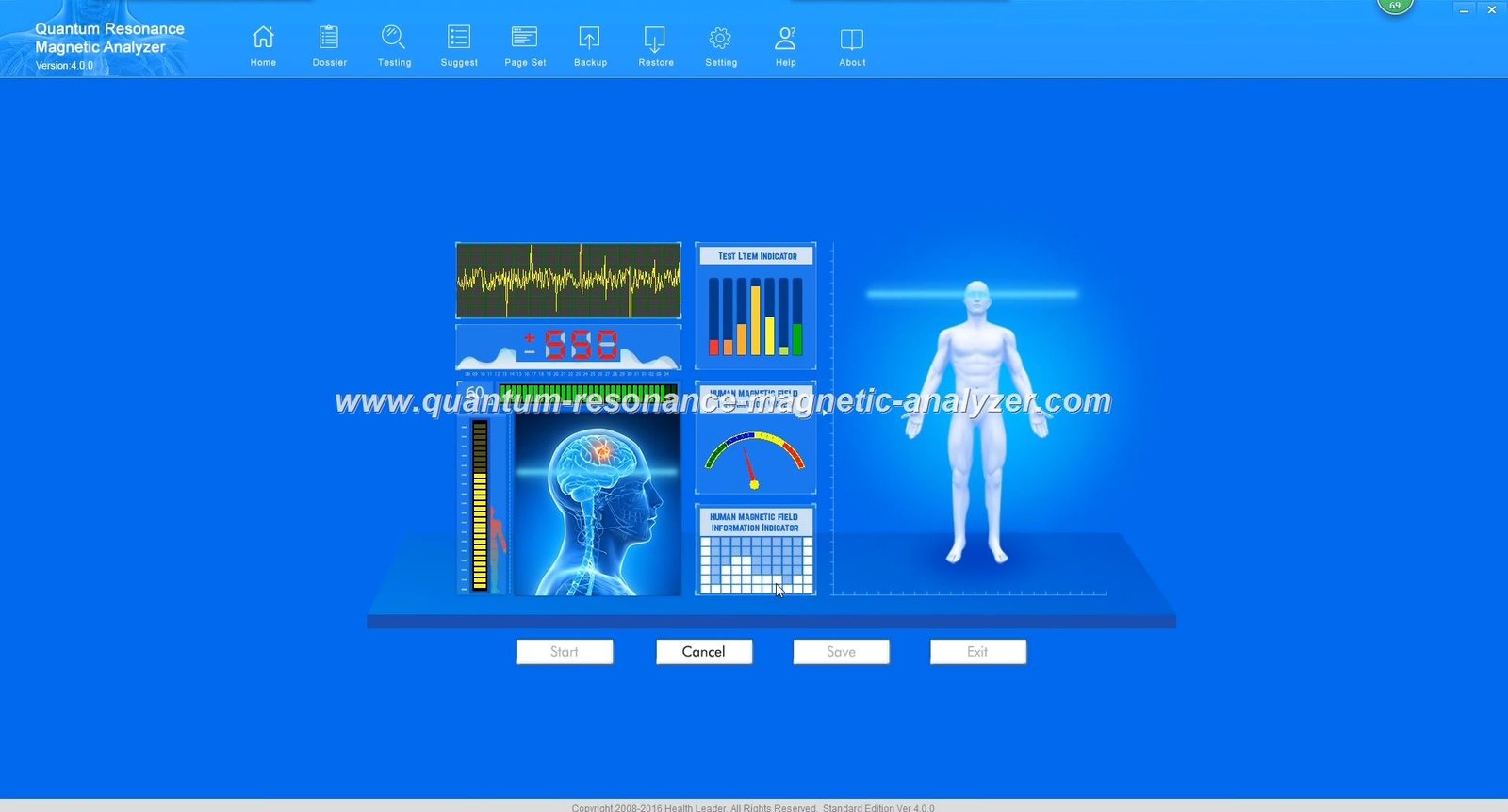
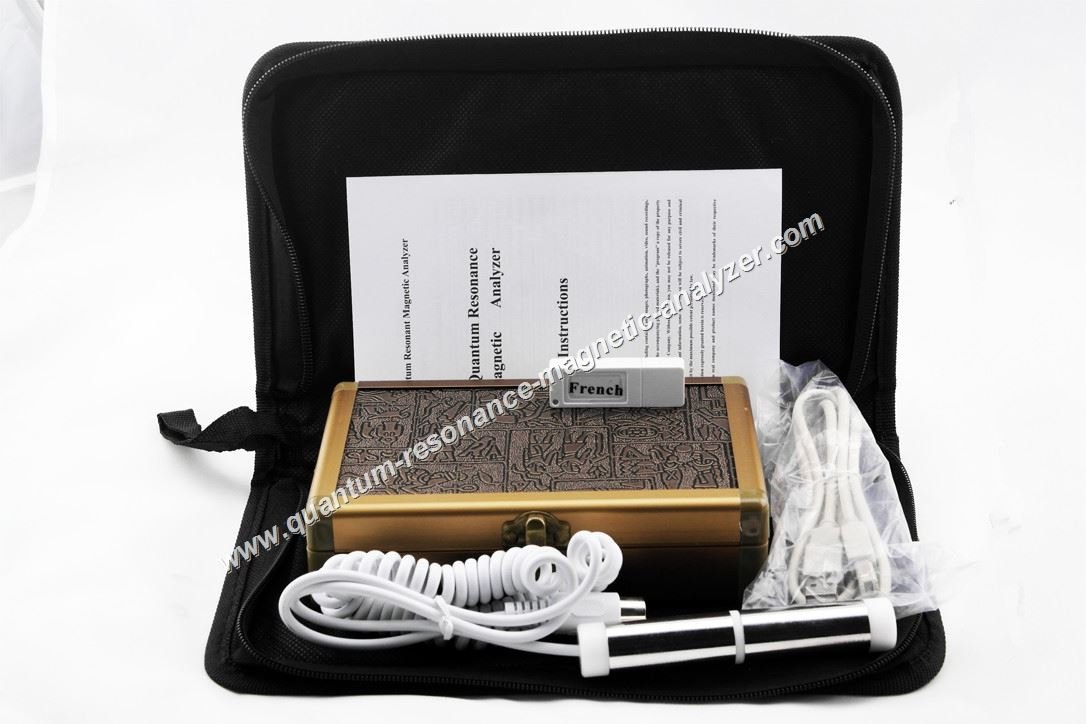
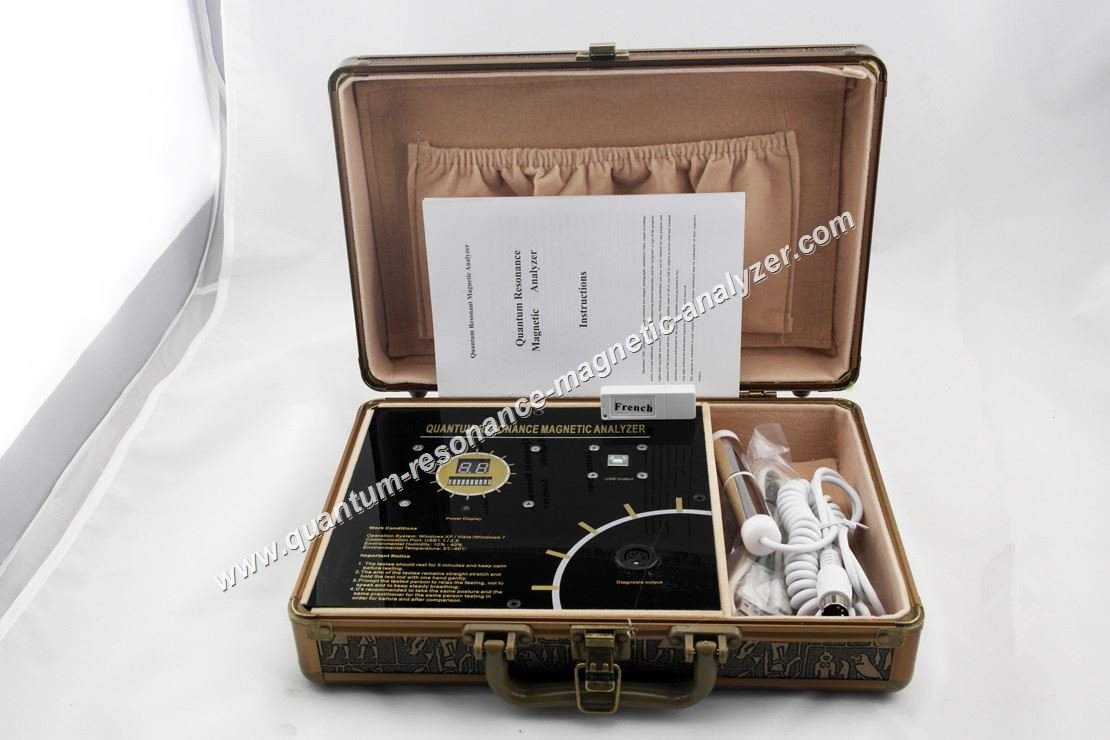 As interest in preventative healthcare grows, understanding the capabilities and limitations of the Quantum Resonance Magnetic Analyzer becomes increasingly important. This article delves into real-world experiences, technical specifications, and scientific perspectives to provide a balanced view of this innovative health assessment tool.
As interest in preventative healthcare grows, understanding the capabilities and limitations of the Quantum Resonance Magnetic Analyzer becomes increasingly important. This article delves into real-world experiences, technical specifications, and scientific perspectives to provide a balanced view of this innovative health assessment tool.
The modern Quantum Resonance Magnetic Analyzer with palm sensor and analysis software
The Quantum Resonance Magnetic Analyzer represents a convergence of quantum physics principles and bioelectric measurement technology. This non-invasive device measures the body’s bioelectric impedance and electromagnetic field variations to assess various health parameters.
At its core, the Quantum Resonance Magnetic Analyzer works by detecting the weak magnetic fields produced by human cells. These fields contain information about cellular activity and potential imbalances in the body. The device captures this data through either a palm sensor or a handheld rod that the user holds.
Once collected, this information is processed through specialized software that compares the readings against a database of health parameters. The analysis typically covers multiple body systems, including cardiovascular, digestive, endocrine, and immune function.
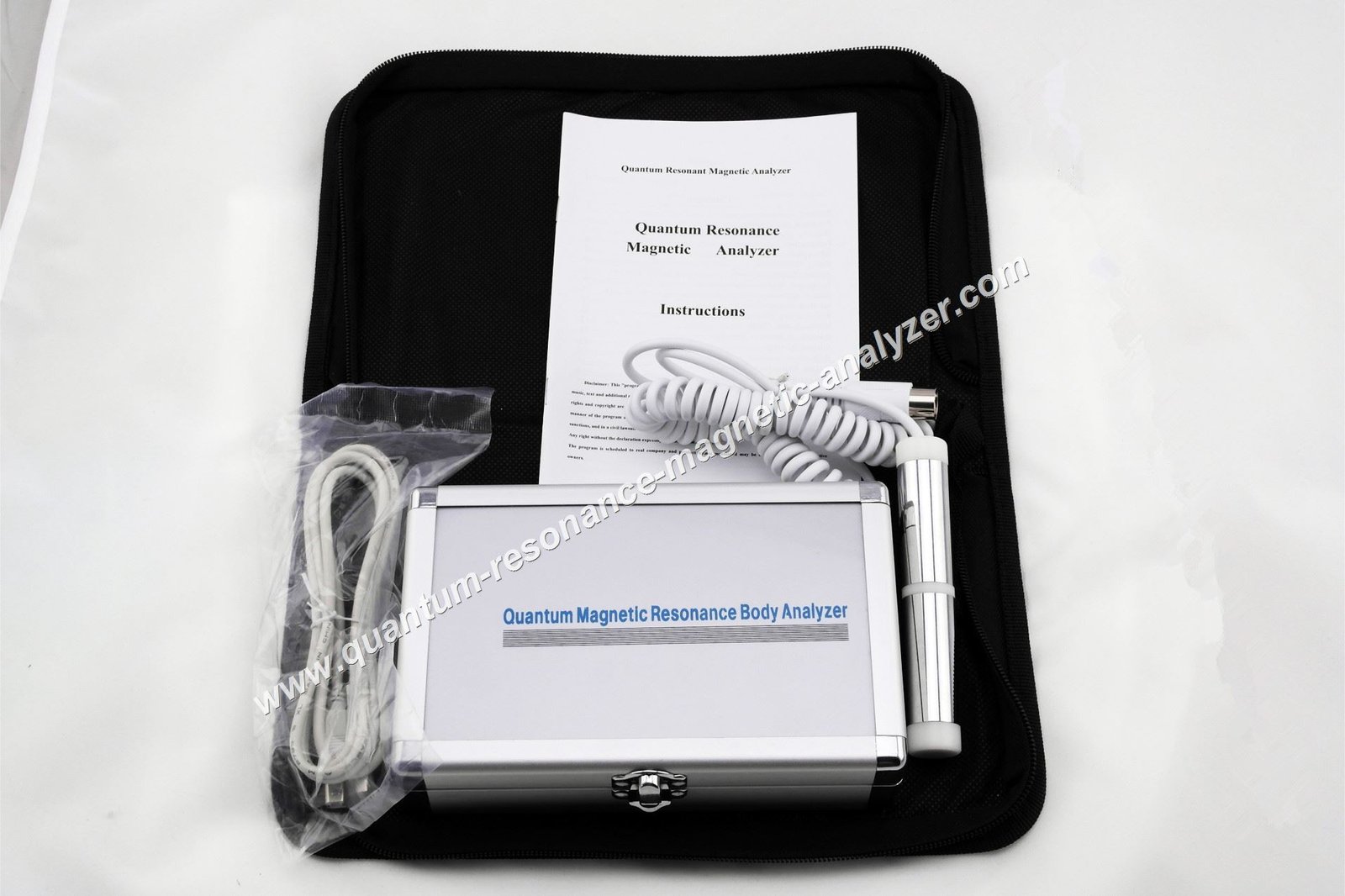
| Specification | Details |
| Detection Method | Non-invasive bioelectric impedance and magnetic field analysis |
| Testing Time | 60-90 seconds per complete scan |
| Number of Reports | 42-54 health reports (varies by model) |
| Compatible Systems | Windows 7, 8, 10 (typically no Mac support) |
| Power Source | USB-powered or corded electric |
| Data Transfer | High-speed USB connection |
| Weight | 1.5-1.8 kg (typical) |
| Dimensions | Approximately 25 × 20 × 5 cm |
The latest generation models (often labeled as “17G+” or similar) feature enhanced sensors, expanded report options, and in some cases, integrated therapeutic functions like TENS (Transcutaneous Electrical Nerve Stimulation).

Comparing analyzer results with conventional diagnostic methods
The accuracy of the Quantum Resonance Magnetic Analyzer is perhaps its most discussed aspect. Manufacturers often claim accuracy rates of up to 90%, but independent verification of these claims varies.
From a scientific standpoint, the Quantum Resonance Magnetic Analyzer operates in a relatively new field that bridges conventional medicine and alternative health assessment. The technology measures real biophysical parameters, but the interpretation of these measurements and their correlation with specific health conditions is where scientific opinions diverge.
“Non-invasive health screening technologies like the Quantum Resonance Magnetic Analyzer can detect certain bioelectric patterns associated with physiological changes. However, these should be viewed as screening tools rather than definitive diagnostic devices.”
Our technical team can explain how the Quantum Resonance Magnetic Analyzer compares to traditional diagnostic methods for your specific needs.
| Feature | Quantum Resonance Magnetic Analyzer | Traditional Diagnostic Methods |
| Testing Time | 60-90 seconds | Hours to days (including lab work) |
| Invasiveness | Non-invasive (palm or rod sensor) | Often invasive (blood draws, tissue samples) |
| Pain/Discomfort | None | Varies from minimal to significant |
| Comprehensiveness | 40+ health parameters in one test | Usually focused on specific systems |
| Cost | Lower per-test cost after initial investment | Often expensive, especially for comprehensive panels |
| Medical Acceptance | Varies by region, often complementary | Widely accepted in medical community |
| Preventative Value | High (detects subtle imbalances) | Variable (often focused on existing conditions) |
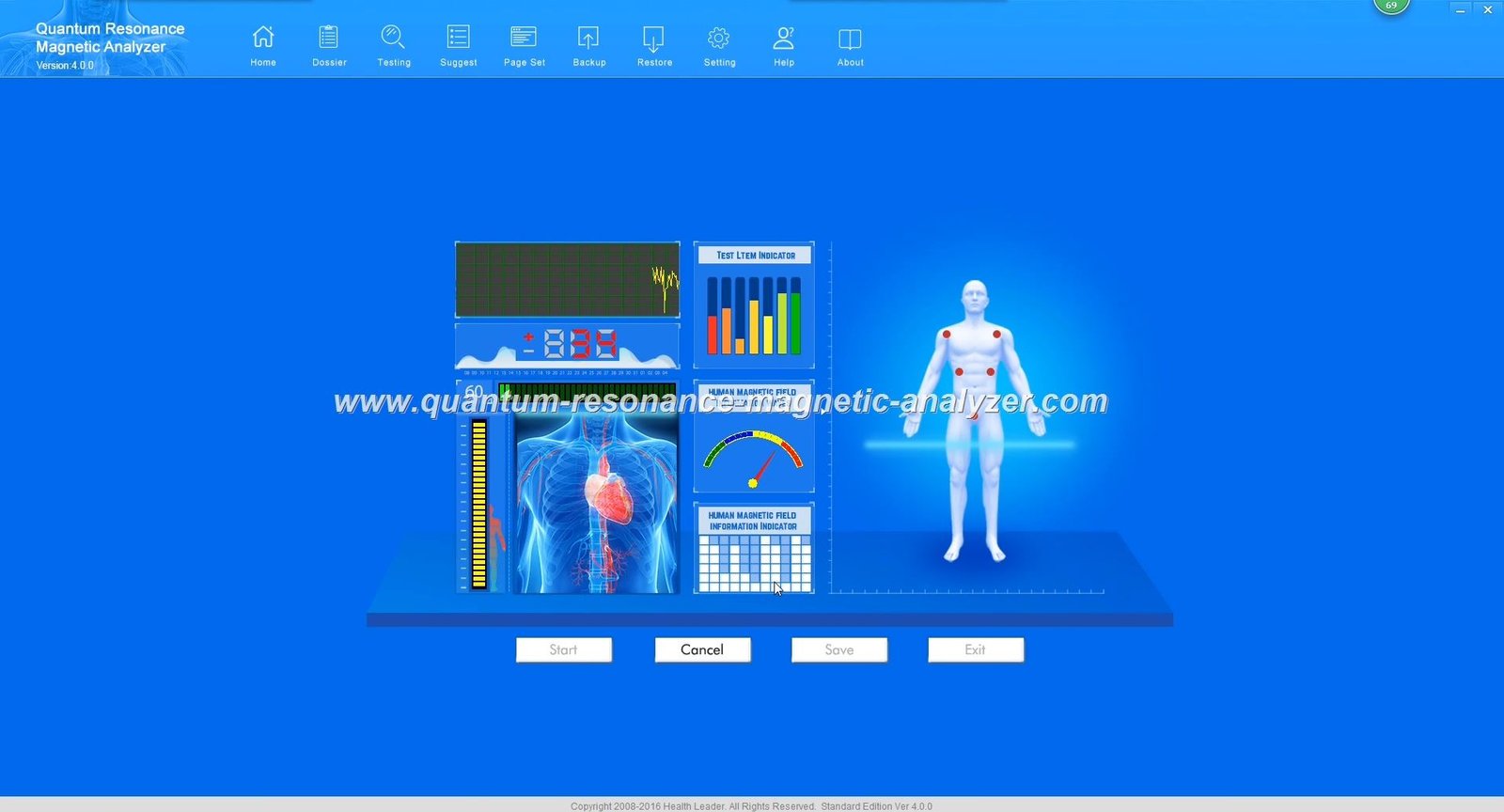
Healthcare professional reviewing analyzer results with a patient
Beyond technical specifications and theoretical discussions, real-world user experiences provide valuable insights into the practical accuracy and utility of the Quantum Resonance Magnetic Analyzer.

Medical Director, Wellness Clinic
“We’ve incorporated the Quantum Resonance Magnetic Analyzer as a complementary screening tool. While not a replacement for standard diagnostics, it has proven valuable for initial assessments and monitoring progress over time.”

Owner, Advanced Physiotherapy Center
“The analyzer has become an integral part of our initial client assessment. The comprehensive reports help us identify areas needing attention that might not be immediately apparent through traditional evaluation methods.”

Integrative Medicine Specialist
“I appreciate the Quantum Resonance Magnetic Analyzer for its ability to detect subtle imbalances before they manifest as clinical symptoms. It’s particularly useful for monitoring the effectiveness of nutritional and lifestyle interventions.”
Healthcare facilities that have integrated the Quantum Resonance Magnetic Analyzer into their practice typically report the following observations:
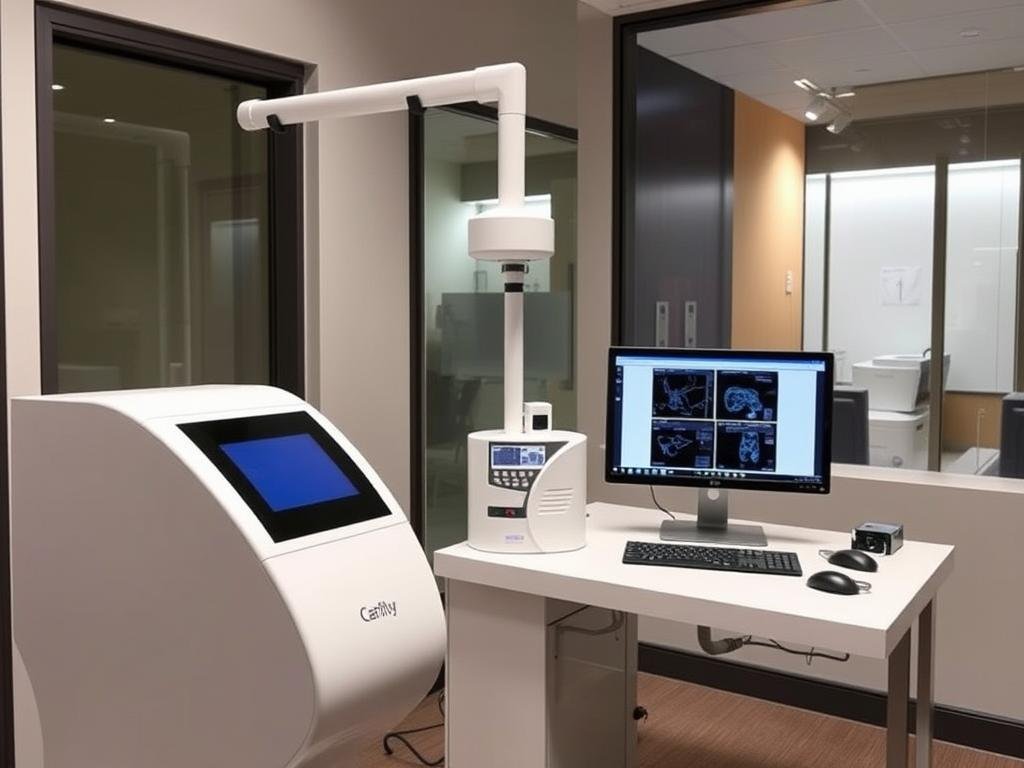
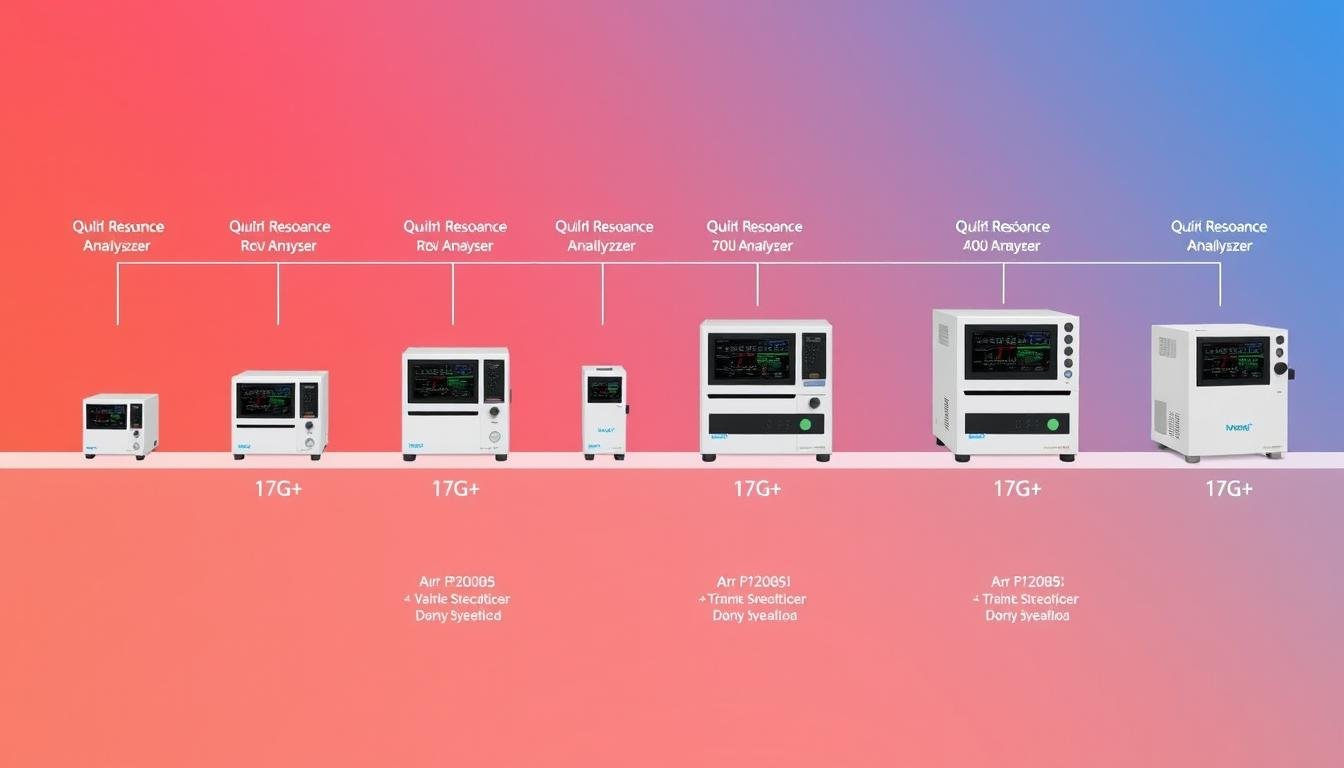
Evolution of Quantum Resonance Magnetic Analyzer technology through multiple generations
To maximize the accuracy and reliability of the Quantum Resonance Magnetic Analyzer, users should follow these recommended best practices:
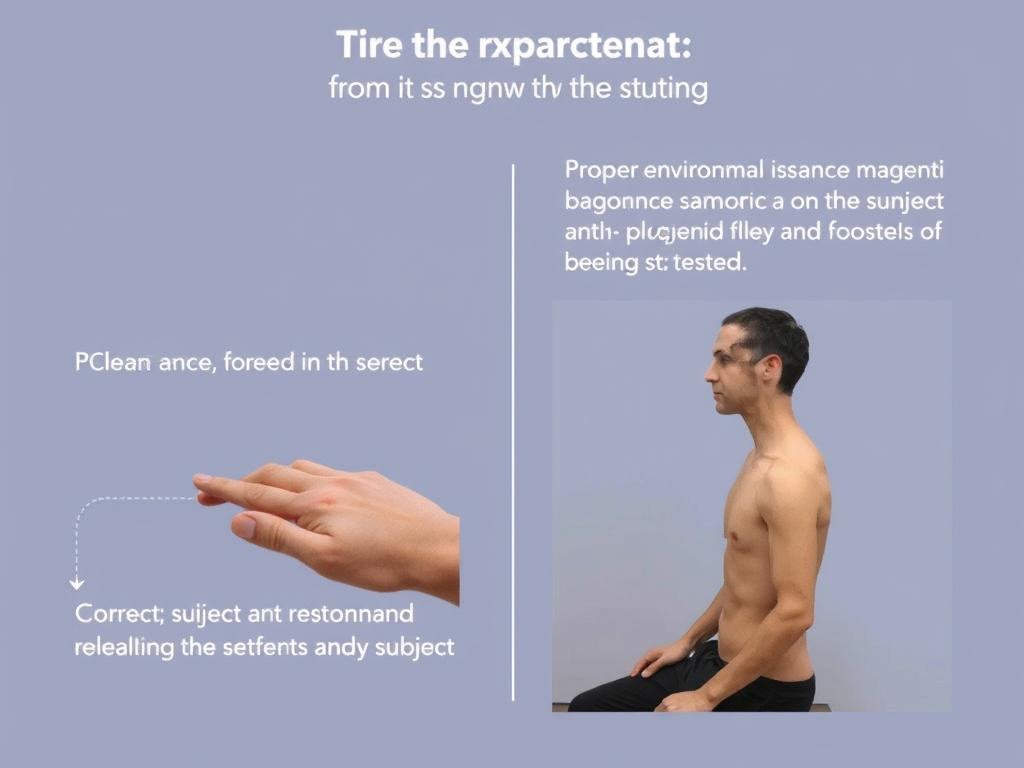
The Quantum Resonance Magnetic Analyzer provides valuable screening information, but results should be interpreted by qualified health professionals in conjunction with clinical history and, when appropriate, conventional diagnostic methods. The device is most effective as part of an integrated approach to health assessment.
The Quantum Resonance Magnetic Analyzer is based on principles of bioelectric impedance and quantum magnetic resonance, which are recognized scientific phenomena. The device measures real biophysical parameters. However, the interpretation of these measurements and their correlation with specific health conditions varies in scientific acceptance. The technology is best viewed as a screening tool that can detect patterns and changes in the body’s electromagnetic field, which may correspond to physiological changes.
The Quantum Resonance Magnetic Analyzer measures different parameters than blood tests, making direct comparisons challenging. Blood tests directly measure biochemical markers, while the analyzer assesses electromagnetic patterns and bioelectric impedance. Studies suggest correlation rates of 70-85% with conventional diagnostics for certain parameters, particularly those related to nutritional status, inflammation, and stress markers. However, for specific disease markers and acute conditions, traditional blood tests remain the gold standard for accuracy.
The Quantum Resonance Magnetic Analyzer is not primarily designed as a diagnostic device for specific diseases. Rather, it’s a screening tool that can identify patterns and imbalances that may indicate areas requiring further investigation. Responsible manufacturers and practitioners emphasize that the analyzer should complement, not replace, conventional medical diagnostics. Its greatest value lies in detecting subtle changes before they manifest as clinical symptoms, making it valuable for preventative health approaches.
Several factors can influence the accuracy of Quantum Resonance Magnetic Analyzer results:
Following proper testing protocols can significantly improve result consistency and reliability.
For general health monitoring, quarterly assessments are typically sufficient to track changes and trends. For individuals actively addressing specific health concerns or undergoing treatment programs, monthly testing may be beneficial to monitor progress. Athletes and those on intensive health optimization programs sometimes benefit from bi-weekly assessments. The appropriate frequency ultimately depends on individual health goals and the specific parameters being monitored.
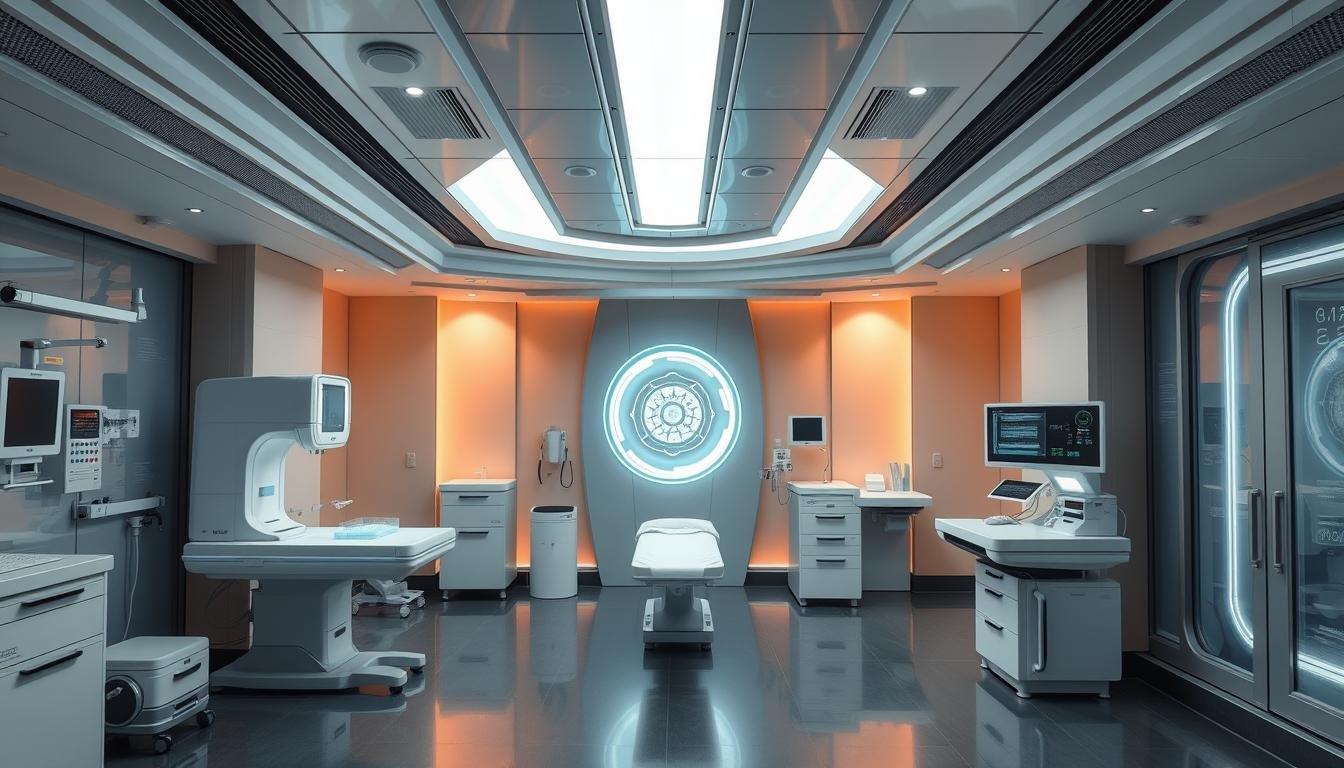
The Quantum Resonance Magnetic Analyzer represents an innovative approach to health assessment that bridges conventional and complementary medicine. While not a replacement for traditional diagnostics, it offers unique advantages in terms of speed, comprehensiveness, and non-invasiveness.
The accuracy of the device is best understood within its proper context: as a screening tool that can detect patterns and changes in the body’s electromagnetic field, which may correspond to physiological changes. When used appropriately by trained professionals and integrated into a comprehensive health assessment approach, the Quantum Resonance Magnetic Analyzer can provide valuable insights that complement other clinical information.
As with any health technology, the quality of the device, the expertise of the operator, and the appropriate interpretation of results are crucial factors in its effectiveness. For healthcare providers and individuals interested in exploring this technology, selecting reputable manufacturers and ensuring proper training are essential steps.
Contact our team of experts to learn more about implementing this technology in your practice or to arrange a demonstration of its capabilities.
